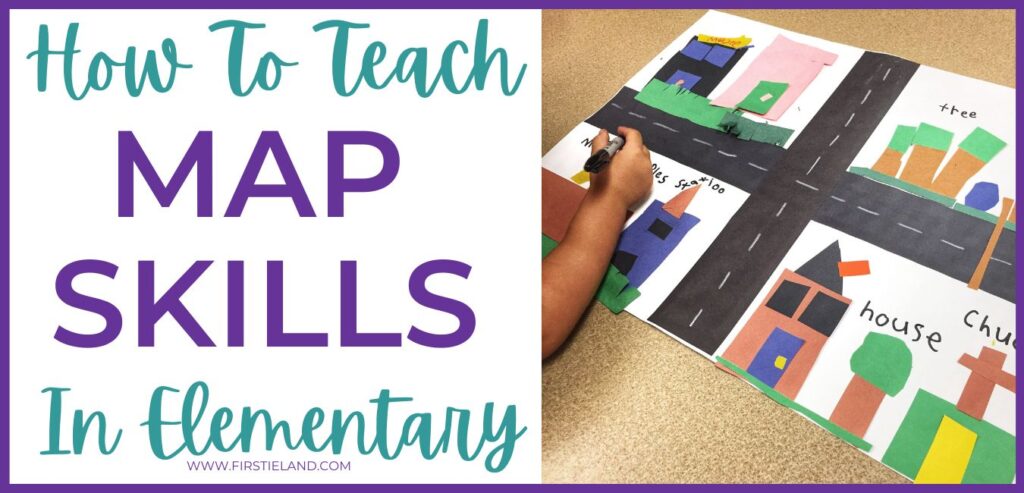
As elementary teachers, we play a crucial role in shaping young learners into good citizens with a comprehensive understanding of the world around them. A significant aspect of this is teaching map skills to students in grades kindergarten to second grade. In this post, we'll explore:
- what map skills are
- why they are essential
- the basic map skills young learners need to develop
What are map skills?
Map skills refer to the ability to read and interpret maps, understand basic geography, and use tools like compass rose and map key to navigate and locate places on a map. These skills help students make sense of their surroundings and build a foundational understanding of the world and our United States.
Why are map skills important?
Map skills are essential for students as they navigate the world around them, both physically and digitally. By developing map skills, students can learn about their community, state, country, and the world beyond. Young children can learn new vocabulary words and about their place on the map in the world around them. These skills are not only vital for social studies units but also for everyday life.
What are the basic map skills?
The basic map skills that students need to develop include the ability to read and understand directional words, locate places on a map, use a compass rose, and read a map key.
Building Background In Our Map Skills Activities
In our classroom, we used the book Me On The Map by Joan Sweeney to help us get started with our map skills lesson. This book gives students a great idea of their place in the world by breaking it down from the very basic places like towns and cities to the entire world. Using high-quality books like this one really helps students with their spatial thinking and understanding the concept of a map.
To develop a lesson plan on map skills, teachers can start by identifying essential questions such as “How do maps help us understand our world?” or “What tools can we use to navigate a map?” Teachers should align their lesson plans with state standards and social studies resources to ensure they are meeting grade-level expectations.
Shared Writing
Next, I showed the students some maps that I have collected and I pointed out features like the compass rose, map key, cardinal directions, roads and symbols. We also watched a couple of YouTube videos about maps.
Next, we made an anchor chart with a list of places that someone might want to find in our town.
Making Maps In Small Groups
The students worked in small groups to create their own maps of the town. To save time, I drew roads on a large piece of white construction paper. You could let your students do this part too, if you have time.
The kids used construction paper scraps to create a street map with different places from our list that we made in shared writing. They had so much fun and created a wide variety of maps that we could all share and look at together. It was a fun way to learn about how maps work.
Learning About Map Symbols
Next, it was time to dive a little deeper and learn about the symbols on a map. I showed the students these anchor charts where they learned about the key and the compass rose.
The students learned that a map key contains symbols for places on a map. We used these picture sorting cards to match the place with its symbol.
Then, the students practiced using the map key and compass rose to help them find different places using these worksheets.
Digital Versions And Maps
The students also practiced working in our Google Classroom using this google slides activity. This gave them great practice working online and these activities were perfect for distance learning or hybrid learning!
Me On The Map Flip Book
We finished up our unit by making this flip book for the story Me On The Map. It demonstrated to the students their place in the world as they illustrated their house, neighborhood, town, state, country and world.
- make their own 3-dimensional maps
- follow a route through a neighborhood, a zoo, and help find a lost dog
- use a compass rose to follow directions on a farm, the beach, around a pond, and at the park
- discover their place on the map as they create a flip book that will take them from their own house to the entire world
- draw a map of their own bedroom and the zoo
- and so much more!
CLICK HERE TO TAKE A CLOSER LOOK AT THIS RESOURCE
SAVE THESE IDEAS
Take a minute to save these tips to your favorite elementary social studies Pinterest board so you can remember them later!
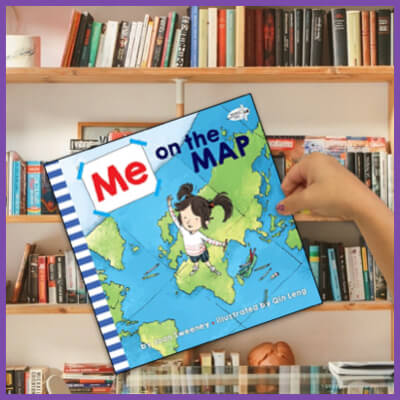

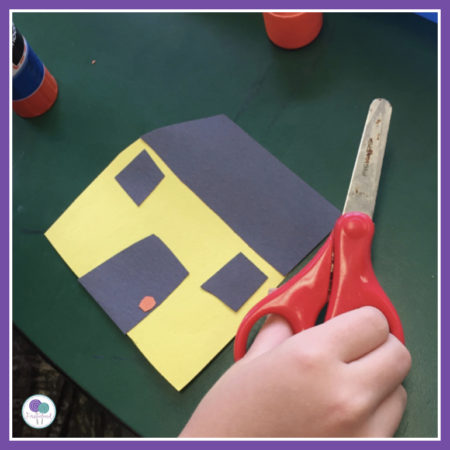
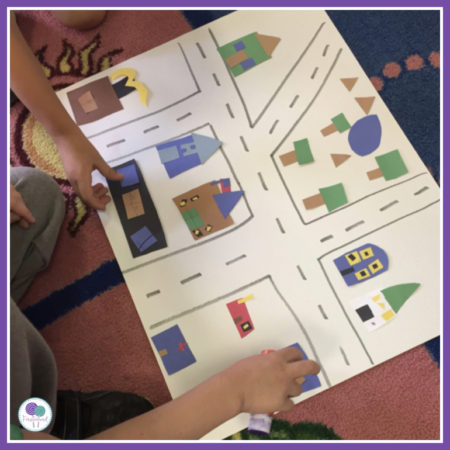
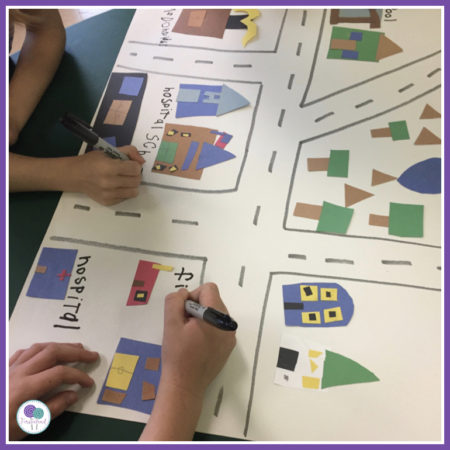
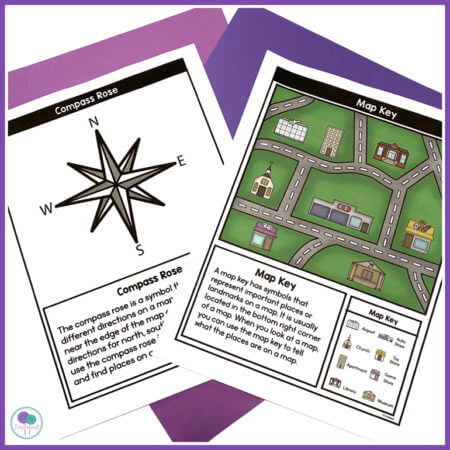
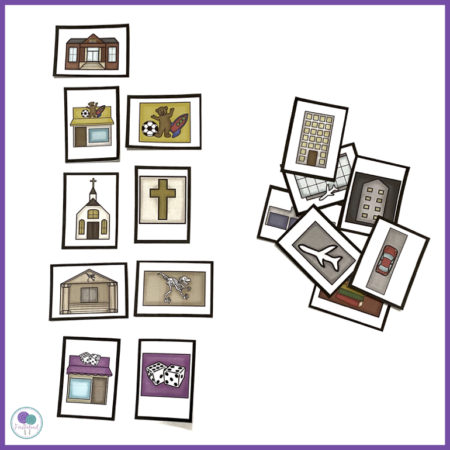
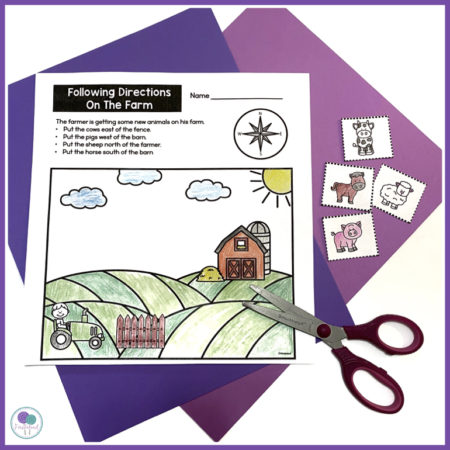


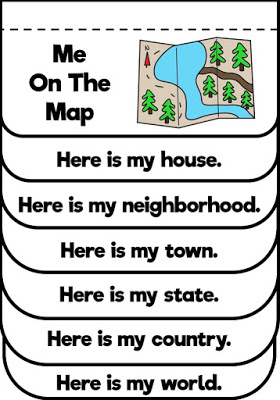
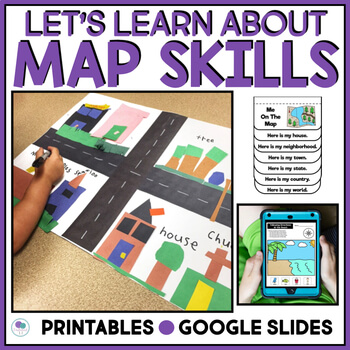
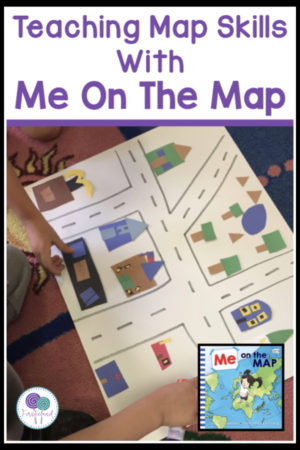
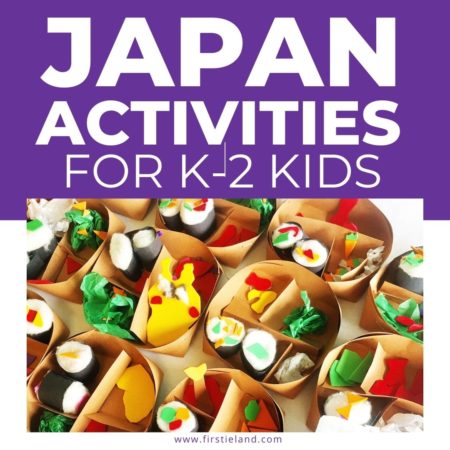

Love these ideas – thank you for sharing!